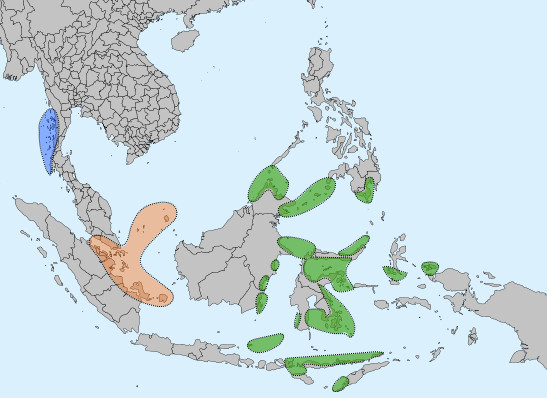Exactly the kind of situation that would come up, once in a while, in people whose lives depended on that kind of foraging.
That is - sometimes - not going to be an option, when feeding families (or oneself, as a child).
At which time the cull is likely to take the children with the smaller spleens who get sick from diving more easily, the progeny of the adults who can't push themselves as far, first.
There's (I have, anyway, and think I observe not necessarily here but in general) an inevitable perception bias toward seeing amphibious foraging as an easy life, because in normal circumstances (nine times in ten when the observer observes) it is. Nobody's working too hard, there's plenty of slack. That's partly because it varies a lot, over time and space - and the bad times or the marginal areas of an expanding population (or, in the case of humans, wisdom-imitating cultural adaptations normally involving spiritual authority, sexual preferences, narrative tradition, etc) keep the population at a level the normal times support with minimal effort. Selection events happen.
- - - -
They can. Also, an initial selective advantage can "create" cultural practices. These diving cultures came from somewhere, and if the founding population had an advantage in diving ability over their erstwhile neighbors that would not be too surprising - with the cultural practices, the tricks of the trade, building later.
Combine that with the Baldwin Effect and the other selection above, and very rapid genetic change is possible.



